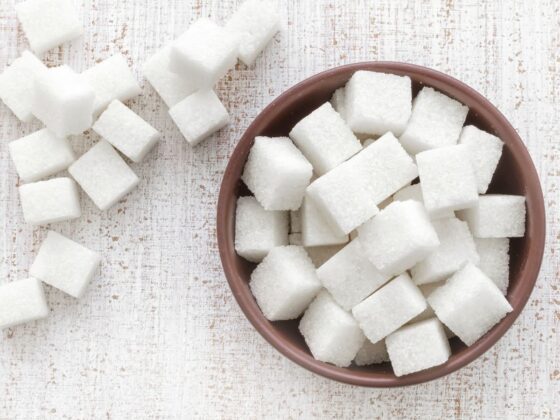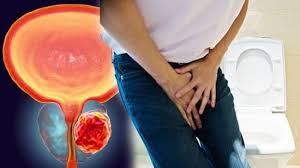Herbal remedies can offer natural alternatives for managing menstrual pain and PMS (premenstrual syndrome) symptoms.
Here are some herbal solutions that have been traditionally used for relief:
- Peppermint: Menstrual cramps may be lessened by the muscle-relaxing effects of peppermint. It may be possible to ease pain and relax uterine muscles by consuming peppermint tea or breathing in the scent of peppermint essential oil. Additionally, peppermint can help with PMS-related gastrointestinal problems like indigestion and bloating.
- Black Cohosh: For centuries, Native Americans have used black cohosh to treat PMS symptoms and menstrual cramps. It has phytoestrogens, which may help regulate hormone levels and lessen symptoms like irritation and mood swings. Additionally, black cohosh may have mild sedative properties that may reduce PMS-related stress and encourage relaxation.
- Ginger: Ginger is well known for having analgesic and anti-inflammatory qualities, which make it a useful remedy for menstruation discomfort. Gingerol, a bioactive substance found in it, relieves pain in a manner similar to that of nonsteroidal anti-inflammatory medications (NSAIDs). Menstrual cramps can be eased by consuming ginger tea or including raw ginger into meals. Additionally, ginger can help reduce bloating and nausea—two digestive problems that are frequently linked to PMS.
- Cramp bark: A traditional Native American treatment for muscle spasms and cramps, especially menstrual cramps, is cramp bark. It contains substances with analgesic and antispasmodic properties, such as methyl salicylate and scopoletin. Without making you sleepy or having any negative side effects, cramp bark can help relax the muscles in your uterus and relieve pain.
- Chamomile: Chamomile is a mild herb known for its soothing and anti-inflammatory qualities. It has ingredients including apigenin and chamazulene, which can assist relax muscles and have a slight sedative effect. Having chamomile tea can help reduce PMS symptoms like anxiety, irritability, and mood changes as well as menstrual cramps. Throughout the menstrual cycle, chamomile tea can be sipped, especially in the days preceding and during menstruation.
- Dong Quai: A traditional Chinese herb, Dong Quai is well-known for its capacity to control menstrual cycles and reduce discomfort associated with them. Ferulic acid and ligustilide, which are present in it, are substances that may have analgesic and anti-inflammatory properties. Combining Dong Quai with other herbs increases its effectiveness in reducing menstruation pain and regulating hormone levels.
- Red raspberry leaf: Rich in vitamins and minerals, red raspberry leaf promotes the health of the reproductive system. Red raspberry leaf tea may lessen PMS symptoms and menstrual cramps by toning the uterus and regulating menstrual cycles. Additionally, it can lessen the normal PMS symptoms of bloating and breast discomfort.
It is important to consult a doctor before using herbal remedies for menstrual pain and PMS symptoms, particularly if you are taking medication or have any underlying medical concerns. In addition to making sure the herbs you have picked are safe and appropriate for your particular needs, they can offer personalized recommendations.











